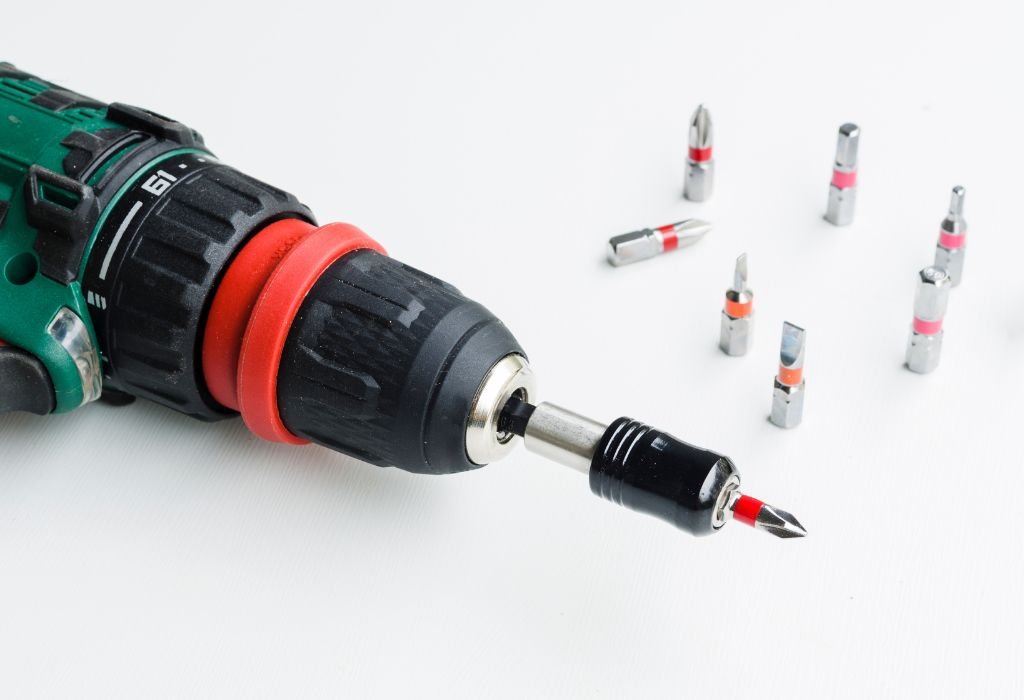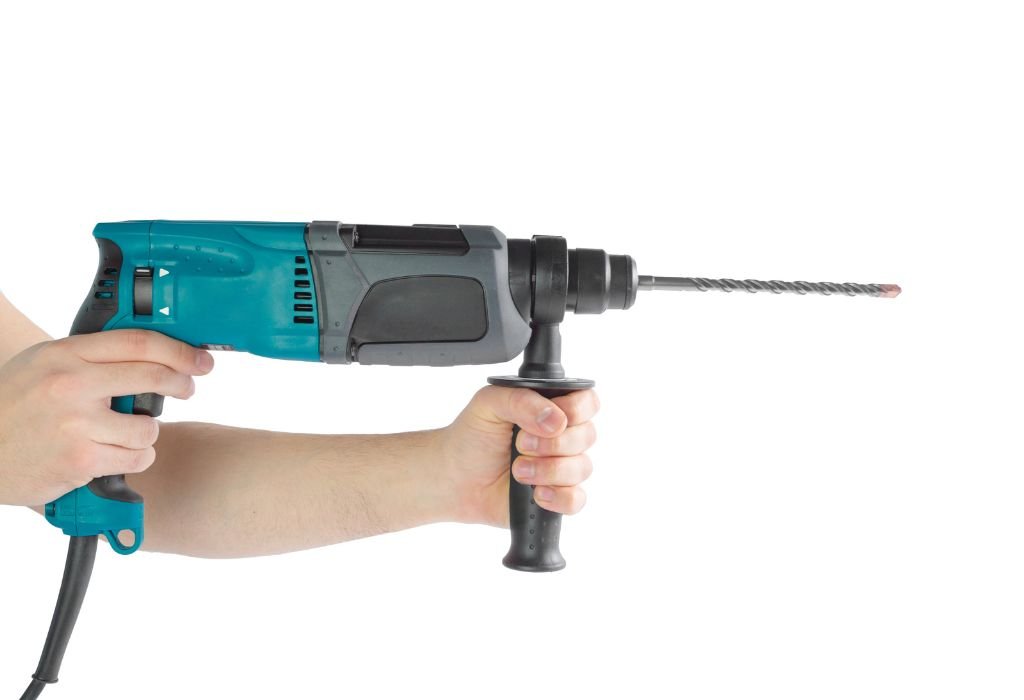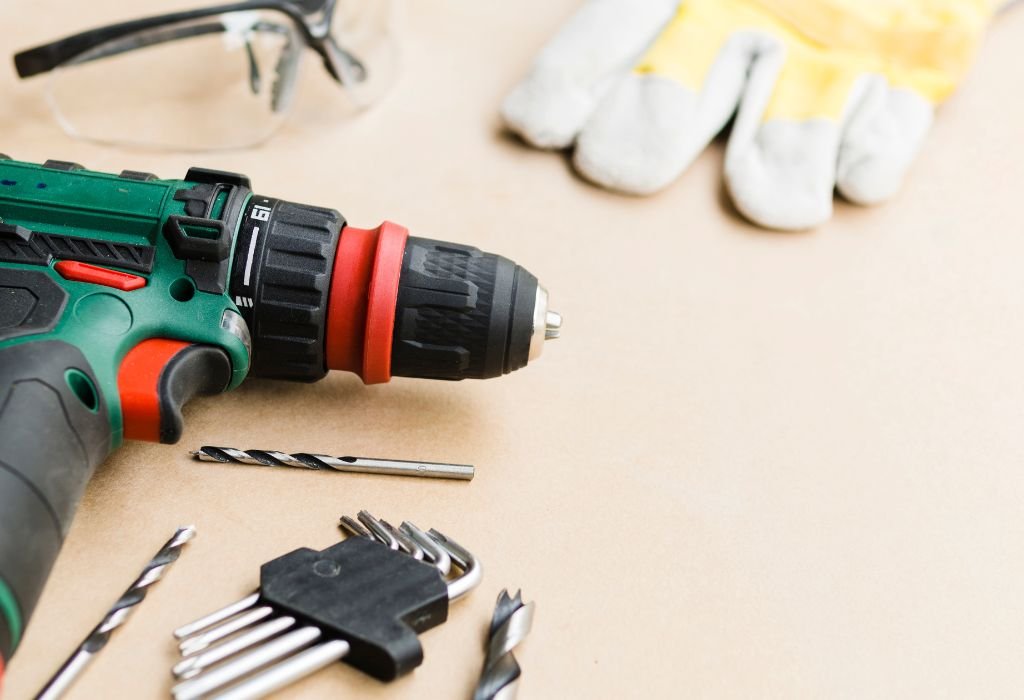Cordless drills are among the most popular tools in households and workshops today. According to market research, more than 30 million cordless drills are sold worldwide each year, making them one of the top-selling power tools. People love them because they are versatile, portable, and powerful. But one question often comes up, especially for beginners: can a cordless drill also be used as a screwdriver?
At first, the idea makes sense. After all, both drills and screwdrivers turn fasteners into materials. If you could use a drill for screws, you would not need to carry two separate tools. However, there are important differences between how drills and screwdrivers work, and using one as the other comes with both benefits and risks.
This guide explains how cordless drills can function as screwdrivers, the advantages and drawbacks of doing so, safety tips, and when it’s better to reach for a regular screwdriver instead.
1. Cordless Drill Basics

To understand whether a cordless drill can replace a screwdriver, it helps to look at what a drill is designed for.
- Purpose – A cordless drill is mainly built for drilling holes in wood, metal, and other materials. It can also drive screws when fitted with the right bit.
- Main features – Cordless drills usually have adjustable speed settings, torque controls (often called a clutch), a rotating chuck to hold bits, and rechargeable batteries.
- Power – Drills are powerful, often ranging from 12 volts for light DIY models up to 20 volts or more for professional tools. This high power makes them effective for driving large or long screws.
- Versatility – Beyond drilling and screwdriving, cordless drills can be used with attachments for mixing paint, sanding, or even polishing.
A drill is built for strength and speed, not necessarily precision. This is where it differs from a screwdriver.
2. Screwdriver Basics
Screwdrivers, whether manual or electric, are tools built specifically for fastening and removing screws. They are simple but highly effective for precision tasks.
- Manual screwdrivers – These are the most basic. They give full control over speed and pressure, making them ideal for delicate work such as electronics or assembling furniture where over-tightening could cause damage.
- Electric screwdrivers – These are small, battery-powered devices designed just for screws. They deliver less torque than a drill, which means they are safer for light-duty tasks.
- Advantages over drills – Screwdrivers are lighter, easier to maneuver in tight spaces, and provide better control over screw depth.
- Limitations – While great for precision, screwdrivers are slow and impractical for heavy-duty or repetitive tasks involving many screws.
This comparison shows why people often ask if they can simply use their cordless drill as a screwdriver. It seems like a way to combine power and convenience in one tool.
3. Can a Cordless Drill Be Used as a Screwdriver?
The short answer is yes—a cordless drill can be used as a screwdriver if you set it up correctly. In fact, many homeowners and professionals already do this to save time and effort. By attaching a screwdriver bit to the drill’s chuck, you can quickly drive screws into wood, drywall, or even metal.
- How it works – A screwdriver bit is placed in the drill’s chuck just like a drill bit. Once tightened, the drill rotates the bit and drives the screw into the material.
- Speed and torque control – Most modern drills come with adjustable torque settings and variable speed triggers. This lets you slow down the drill for precision tasks or increase speed for faster work.
- Common uses – Drills are often used as screwdrivers when assembling furniture, working on DIY carpentry projects, or handling construction tasks with dozens of screws.
However, just because you can use a cordless drill as a screwdriver doesn’t mean it’s always the best choice.
4. Advantages of Using a Cordless Drill as a Screwdriver
Using a drill as a screwdriver has several clear benefits, especially when you are working on medium to large projects.
- Speed and efficiency – Driving screws with a drill is significantly faster than using a manual screwdriver. Tasks that would take hours by hand can be done in minutes.
- Less manual effort – A drill saves your wrist and hand from fatigue, which is important when driving multiple screws.
- Power for tough jobs – Drills provide enough torque to handle large or long screws that would be nearly impossible to drive manually.
- Ideal for big projects – Whether you are building a deck, installing cabinets, or assembling flat-pack furniture, a drill speeds up the process.
For people who do a lot of DIY or professional carpentry, using a drill as a screwdriver is often the most practical choice.
5. Drawbacks and Risks of Using a Drill as a Screwdriver

Despite the benefits, there are also drawbacks and risks to consider when using a drill instead of a traditional screwdriver.
- Overpowering the screw – Drills produce high torque, which can strip screw heads or drive screws too deep into the material.
- Damage to materials – Soft wood, plastic, or thin materials can crack if too much force is applied.
- Reduced control – Compared to manual screwdrivers, drills offer less precision, especially when working in delicate areas.
- Battery drain – Using a drill for many small tasks can quickly drain the battery, leaving less power for drilling jobs.
These risks do not mean you should avoid using a drill as a screwdriver. Instead, they highlight the importance of learning proper techniques, which we will cover in the next section.
6. Tips for Using a Cordless Drill as a Screwdriver Safely
If you decide to use your cordless drill as a screwdriver, a few smart practices will help you avoid mistakes and damage.
- Choose the correct bit. Use a screwdriver bit that matches the screw head (Phillips, flathead, Torx, etc.). A poor fit increases the chance of stripping.
- Adjust torque settings. Most drills have a clutch with numbers around the chuck. Use lower settings for small screws and higher settings for heavy-duty tasks.
- Start slow. Use the variable speed trigger to begin at a low speed. This helps align the screw before applying more power.
- Keep the drill straight. Holding the drill at an angle can damage the screw head and the material.
- Use magnetic bits. These hold the screw in place, making it easier to start driving without losing grip.
- Practice on scrap material. Before working on your final project, test your settings on a spare piece of wood or material.
By following these tips, you can enjoy the speed of a drill without losing the precision of a screwdriver.
7. When to Use a Screwdriver Instead of a Drill
Although a cordless drill can replace a screwdriver in many cases, there are times when a screwdriver is the better option.
- Precision tasks. For delicate projects like repairing electronics, watches, or small furniture, a manual screwdriver offers better control.
- Tight spaces. Drills are bulkier, so if you are working inside small corners or close to walls, a slim screwdriver is easier to use.
- Soft or thin materials. If the material could crack from too much torque, using a manual screwdriver avoids damage.
- Quick fixes. When you only need to tighten or loosen one or two screws, it’s often faster to grab a screwdriver instead of setting up a drill.
In short, screwdrivers still have their place, even in toolkits that already include a drill.
8. Best Scenarios for Using a Drill as a Screwdriver
On the other hand, there are plenty of situations where using a drill as a screwdriver makes perfect sense.
- Assembling flat-pack furniture. DIY furniture from stores like IKEA often comes with dozens of screws. A drill saves hours of work.
- Home renovation projects. Installing cabinets, shelves, or fixtures usually requires driving multiple screws quickly and securely.
- Outdoor construction. Building decks, sheds, or fences often involves long screws that are hard to drive by hand.
- Repetitive jobs. If you need to drive many screws of the same size, a drill keeps the process consistent and efficient.
In these scenarios, a drill not only saves time but also delivers the strength needed for heavy-duty fastening.
9. Alternatives: Impact Drivers and Electric Screwdrivers

Sometimes a cordless drill is not the perfect solution, especially if you regularly work with screws. In these cases, alternative tools may be better:
- Impact drivers – These look similar to drills but are designed specifically for driving screws and bolts. They deliver extra torque through an internal hammering mechanism, making them ideal for long screws and tough materials. Unlike drills, they are less likely to strip screws because of their unique rotational force.
- Electric screwdrivers – Smaller and lighter than drills, these are perfect for everyday household use. They are not as powerful as drills but offer excellent control and are safer for delicate tasks.
- Which tool is best? If you mostly work with wood, furniture, or large projects, a cordless drill or impact driver is better. If you handle light-duty or precision work, an electric screwdriver is the smarter choice.
Knowing these alternatives helps you decide whether to use your drill as a screwdriver or invest in a dedicated tool.
10. FAQs on Drills vs Screwdrivers
Can a cordless drill replace a screwdriver completely?
Not entirely. Drills are great for speed and power, but manual screwdrivers are better for precision and small tasks.
What settings should I use for screws?
Set the torque clutch to a low number for delicate screws and increase it for larger, tougher ones.
Can drill bits damage screws?
Yes, if you use the wrong bit or too much torque, the screw head can strip. Always match the bit type and size to the screw.
Do I need special accessories to use a drill as a screwdriver?
You only need screwdriver bits, which are inexpensive and widely available. Magnetic or impact-rated bits are the most durable.
Is an impact driver better than a drill for screws?
Yes, for heavy-duty projects. However, drills are more versatile because they can also bore holes, while impact drivers specialize in fastening.
11. Final Checklist
Before using your cordless drill as a screwdriver, go through this checklist:
- Correct screwdriver bit selected.
- Torque set to a low or medium setting.
- Speed trigger pressed gently at the start.
- Drill held straight and aligned with the screw.
- Safety glasses worn for larger projects.
This checklist ensures efficiency and prevents mistakes.
Conclusion
So, can a cordless drill be used as a screwdriver? The answer is yes, with some conditions. A drill can easily handle screws if you use the right bit, adjust torque settings, and apply proper technique. The advantages include speed, power, and efficiency, making it perfect for large projects like furniture assembly or construction.
However, there are times when a regular screwdriver is still the better choice, especially for delicate work, tight spaces, or quick one-screw fixes. By understanding when and how to use each tool, you can balance convenience with precision.
For everyday DIY and home improvement, a cordless drill is one of the most versatile tools you can own. With the right settings, it doubles as a powerful screwdriver, saving you time and effort. Still, keeping a set of manual or electric screwdrivers in your toolbox ensures you are prepared for any situation.
In short, yes—your cordless drill can act as a screwdriver, but smart use and the right technique will help you get the best results.

I’m John F. Nicholas, the founder, lead writer, and drill enthusiast behind 101drill.com. With years of hands-on experience in power tools and DIY projects, I created this platform to share practical knowledge, expert tips, and real-world insights to help others master the art of drilling.
